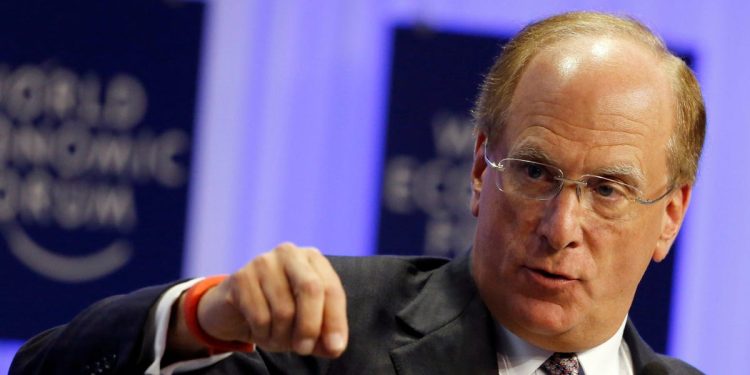Blackrock was founded as a “traditional asset manager”, and it has become the most important by disturbing this industry by offering cheap ETFs to the masses.
But, like the company’s co -founder and CEO, Larry Fink, wrote in his annual letter, “it is no longer who we are.”
“We have transformed our company,” Fink wrote on the juggernaut of 11.6 billions of dollars.
The company’s private market ambitions are no secret – Blackrock spent $ 28 billion last year by buying global infrastructure partners and HPS investment partners as well as Preqin, a data supplier that focuses on private markets. Fink and his school colleagues have talked about their ambitions for a long time in the region on income calls and more.
However, it is rare for any business to turn away from what has been its engine to the benefit of bread and butter, even less the leader of the industry. Blackrock’s commercial lines on public procurement, its overwhelming ETF ISHARES range to its fixed income investment funds, manage billions of dollars, produce billions of revenues each year and have fundamentally changed the way markets and investors behave.
But Fink wrote that he was looking at something bigger with the next BlackRock phase: the “68 billion dollars investment boom” in the infrastructure funded by private finances, the continuous explosion of private loans and, possibly, the indexing of private markets.
“In some ways, this moment looks like a book greenhouse in the way Blackrock started,” wrote Fink. When the company was founded 37 years ago, Fink wrote, it changed the asset management industry thanks to its risk management software known as Aladdin. The ETF activity of the company – which manages more than 4 billions of dollars – lowered industry costs in active and passive funds, tightening the margins of the asset manager in a way that they had never been before.
“In decades, we could think of 2025 as another pivotal moment, when the financial landscape has changed again,” he wrote. And it moves to private markets because the 60-40 portfolio which made investors divided the assets between public actions and the obligations will become the 50-30-20 portfolio, with a fifth of capital assets “such as real estate, infrastructure and private credit,” wrote Fink.
This type of portfolio for the typical individual investor – those who are not in the higher levels of the tax tranche, but instead, the retirement economy with the index funds of BlackRock – was impossible, wrote Fink, thanks to high minimums and other restrictions on private investment.
“The gap between public and private markets is a difficult problem – but it is solved. In fact, Blackrock has already resolved market challenges like this,” wrote Fink, comparing it to the fracture between active and passive investment in public procurement.
“We see an opportunity to do for the public-private market divide what we have done for the active vs index,” he said.
Although Fink’s letter has political nuances, attacking the disparities in wealth and how markets and capitalism have exacerbated them, it does not mention investment or diversity, actions and ESG inclusion initiatives. Fink was a leading voice on the two questions before the new American administration, but Blackrock joined others in the business world by attenuating past statements.
The latest annual report of the manager has cropped its DEI section as “connectivity and inclusiveness”, previously reported Business Insider.
Fink, who wrote that he started Wall Street in the 1970s with “long, turquoise hair jewelry and the ugliest brown costume in the world”, is nevertheless optimistic despite political bustle.
He closed his letter indicating that the company “entered 2025 to our strongest inflection point, and I see greater opportunities to come for BlackRock, our customers and our shareholders than ever.”
businessinsider


